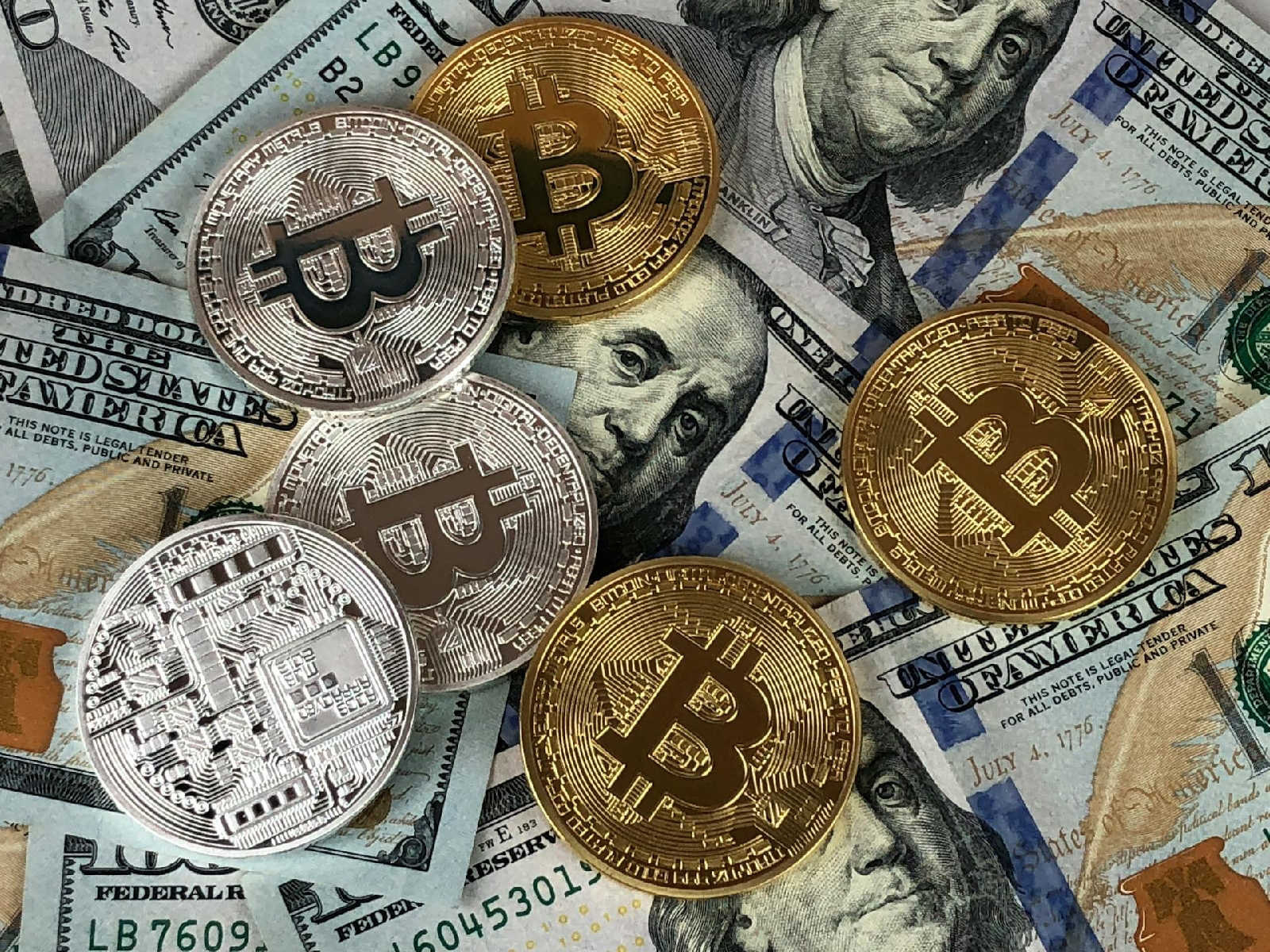Today's world is facing rapid digital changes. The most important of those changes is the way we spend money. Digital payments, UPI, cryptocurrency, and now the Central Bank Digital Currency (CBDC) are creating a new path in countries around the world.
In this article, we will look at what CBDC is? Why is it being talked about so much in the world? How does 'digital rupee' work in India? And whether it is good or bad for human society.
CBDC – Basic Introduction
CBDC is a digital form of money issued by a country's central bank. It is similar to the rupee, dollar, yuan, and euro in the market. But it does not have any notes or coins. All transactions are done completely online.
Example: "Digital Rupee (e₹)" is commonly used in India, "Digital Yuan" in China, and "Digital Euro" in Europe.
Digital Rupee in India – How does it work?
In 2022, the Reserve Bank of India (RBI) launched a digital rupee under the name of the “Digital Rupee Pilot Program”. Currently, there are two types of digital rupees in India:
1. Wholesale CBDC (e₹-W): For transactions between banks.
2. Retail CBDC (e₹-R): For public use.
People can use the Digital Rupee App on their smartphones to scan a QR code and pay e₹. In this, the money is deposited directly with the RBI – meaning no bank, direct transaction with low fees.
How are countries around the world responding?
More than 100 countries are testing and introducing CBDCs by 2025:
China: Digital Yuan is being tested extensively.
European Union: Digital Euro is planned to be introduced in 2026.
America: Studies on Digital Dollar are underway.
It is believed that this will improve global money transactions, improve international trade, prevent money laundering, and improve economic stability.
CBDC from a humanitarian perspective – is it a benefit or a risk?
Benefits:
Advanced transactions: Payments can be made electronically and without any errors.
Reduced money laundering: Counterfeit money, hawala, etc. will be reduced due to direct monitoring.
Easier income monitoring for the government: Opportunity to collect direct taxes.
Risks:
Personal information security: The government can fully monitor your money habits.
Full control over money: The government will have the right to freeze and postpone your money.
Dependence on the Internet: It is impossible to make payments in places where there is no internet.
Conclusion:
CBDC is a new exchange technology change. It is a revolution in the movement of money and a factor in creating new controls at the commission level. There are benefits and concerns in this. But there is no doubt that in the future world, money will no longer be paper you hold in your hand, but numbers flashing on a screen.
How we cooperate in this modern transformation will play a key role in protecting and advancing us.



No comments:
Post a Comment